The Grim Food Served on 17th-Century Sea Voyages Wasn’t All Bad
Though just the sight of two-month-old salted beef may make you nauseous.
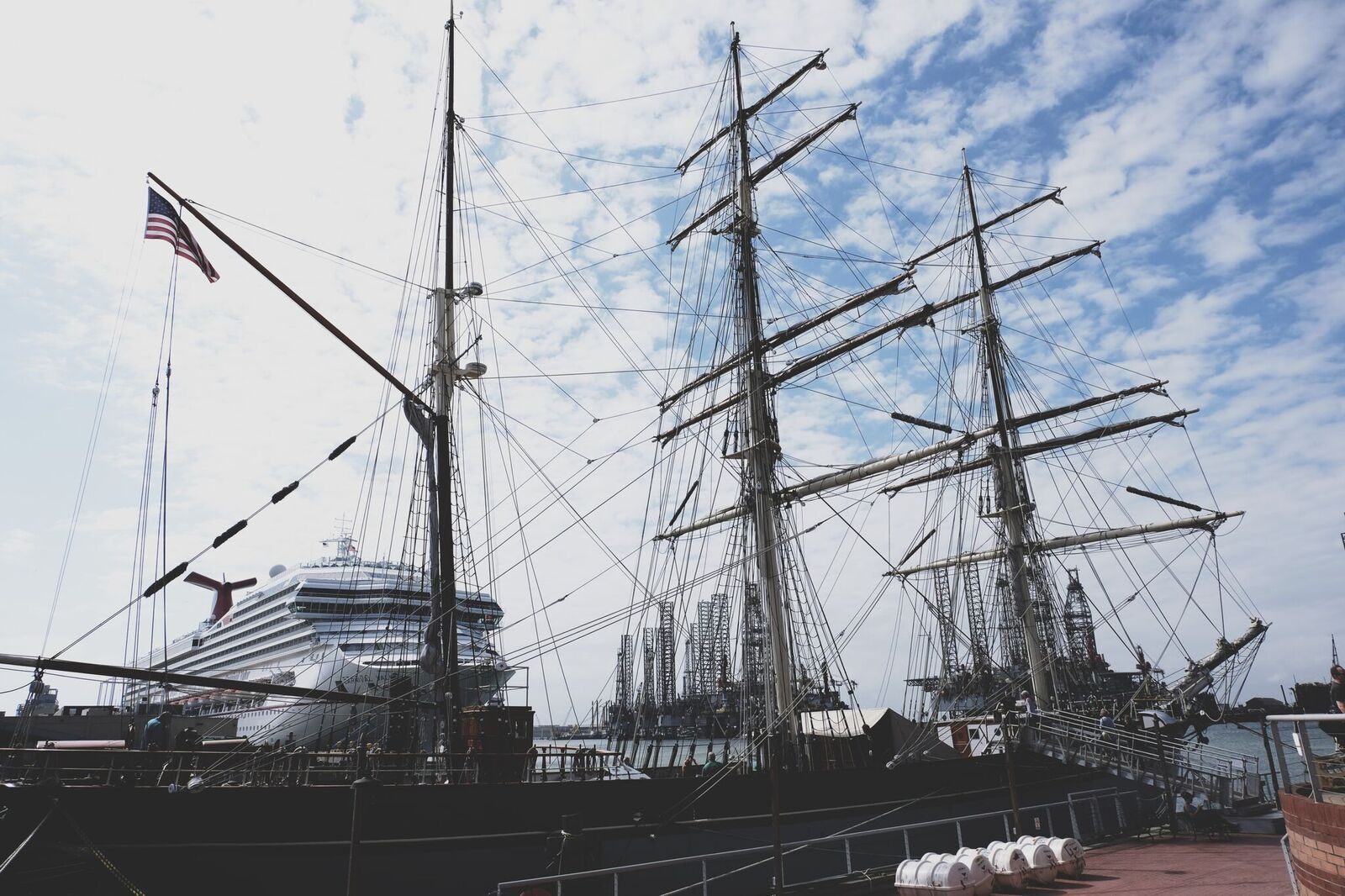
Sailors in the 17th century had it rough. For months, they were away at sea, sustaining themselves on an unsteady diet that included brined beef, dirty water, and tough crackers known as ship biscuit. In the days before pasteurization, seasickness likely came more often from the food than the waves.
A handful of cookbooks and ship journals detail the odious smells and tastes of 17th-century ship fare. But we can only imagine the decomposing food and its effect on the health of sailors.
Until now, that is. These questions led Grace Tsai, a PhD student specializing in nautical archaeology, to recreate ship food aboard an old-timey vessel. She and her fellow researchers at Texas A&M University have spent over three years on what they dubbed the Ship Biscuit & Salted Beef Research Project. They’re now analyzing beef as gnarly as what sailors ate, and are planning to give the rest of us a taste of a sailor’s life.

In August, the team mounted their barrels of ship food, which included salted beef, ship biscuits, peas, and beer, aboard the Elissa in the port of Galveston, Texas. Their model was the English galleon the Warwick, a ship sunk by a hurricane in Bermuda’s Castle Harbor in 1619. A team of archaeologists began excavating the Warwick’s remains in 2010. Among the wreckage, they discovered glass shards containing beer and wine, as well as cow bones. So Tsai packed for Bermuda.
“There are just a handful of ships where you can find remains like this,” Tsai says. “We have a good archaeological record of the bones that are on board.” Studying those (mostly beef) bones gave Tsai a sense of the cuts of meat sailors brought—knowledge she used to butcher beef for the Elissa. Working from an additional year of archival research, she and her team slaughtered and butchered a hog and steer, then made salted food according to a 1682 recipe. Each food and drink put onboard was the product of a similar process, and the plan was to let everything sit for two months.
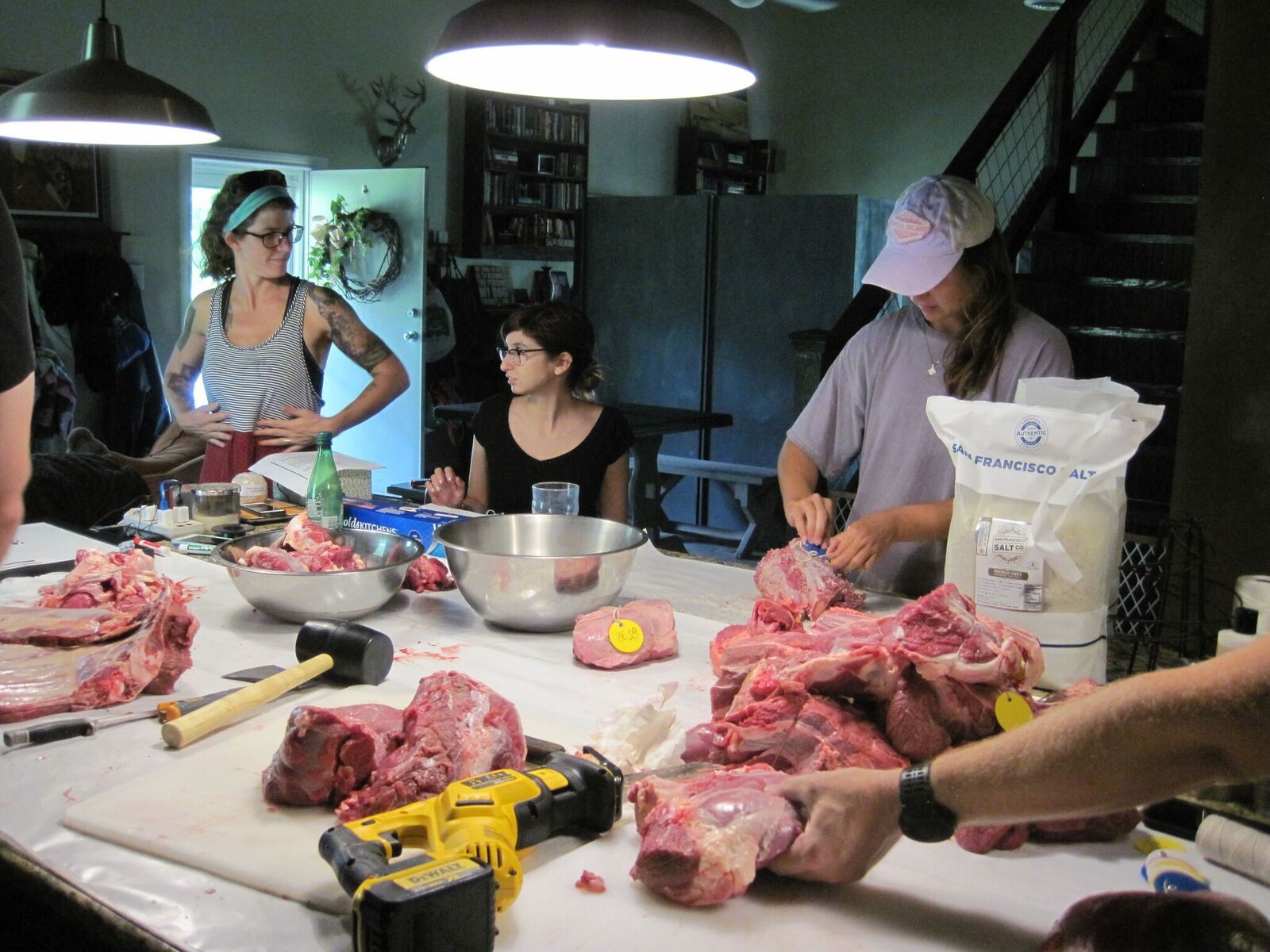
Just a week later, Hurricane Harvey ravaged Texas, putting their work at serious risk. What would happen to the salted cod, made with hundreds of pounds of salt they sourced from a French bay? Would the wine they stomped with their own feet be destroyed?
Amazingly, not much happened. “Weirdly enough … the ship wasn’t damaged at all,” Tsai says. The only major difference came from the color of the salted beef: The brine within the cask mysteriously turned a deep, bright red.

Every 10 days, the team boarded the Elissa. They checked the meat barrels for leaks, refilled it to the top with brine, and simulated how sailors handled the beef. “We would have whoever was touching the meat wear gloves… [and] not just put the gloves on and touch the meat, but touch some of the rigging on the ship,” Tsai says. “Because they wouldn’t wash their hands before touching the meat.”
After two months, the salted beef smelled gnarly and didn’t look fresh, but it wasn’t quite rotten, either. “It smelled pretty bad,” Tsai laughs. Hunters told Tsai that the meat, although not in ideal condition, was still technically edible. Yet researchers were astonished to find that of all the goods on-board, ship biscuit survived the best—even amidst the late summer Texas heat and humidity. Ship biscuit, colloquially known as hardtack, had lived up to its name.

According to the team’s research, our conventional wisdom about boiling wouldn’t pass muster in the 1600s. While we consider a roiling boil good enough to kill everything, the meat from the Elissa needed thirty to forty minutes in boiling water to see a decrease in germs. Tsai attributes this to sailors bringing very large cuts of meat onboard.
But our seafaring predecessors weren’t always worse off—the team’s preliminary results suggest that good bacteria grew amidst the bad on ship food. “Their gastrointestinal systems were getting really good and really bad things,” says Tsai. Their queasy-looking foods may have helped them build up immunity to germs just as much as it made them sick.
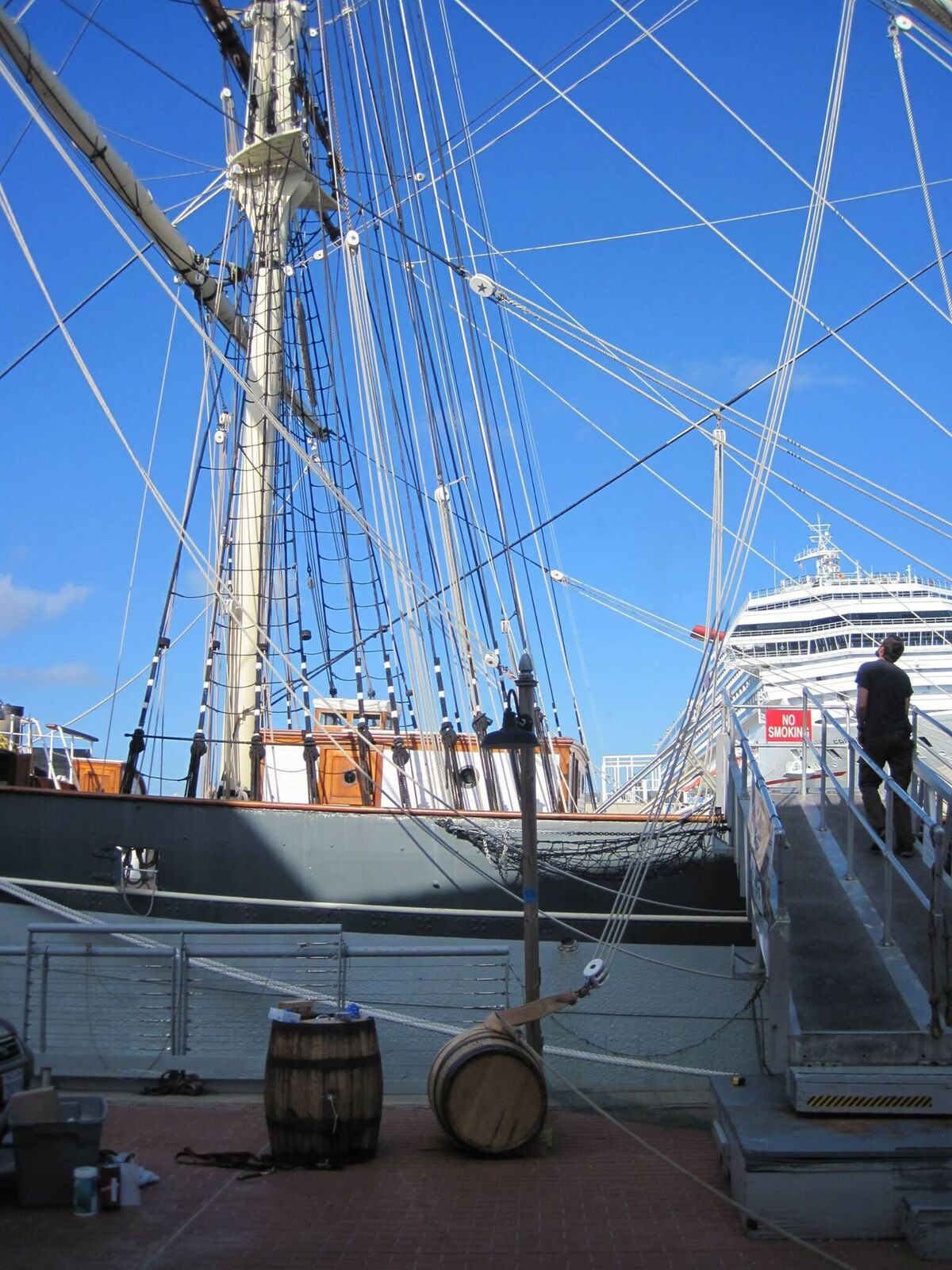
While Tsai and her team couldn’t try any of their ship biscuit or salted meats due to safety concerns, they are making something the public can enjoy: beer. This month, they’ll ferment beer at Brigadoon Brewery, then bring it aboard a ship (likely not the Elissa—they’re looking for another vessel whose hours are more amenable). Later on, they’ll brew a commercial batch with Houston’s Karbach Brewery, so people will be able to taste history while raising a glass.
The jury is out on what the beer will taste like. But Tsai speculates that it will be sour. “We know that they said their beer would turn sour and cloudy, which was not good. They did not like that,” Tsai says. “Now it’s sort of a fashionable thing to drink sour beer.”
Gastro Obscura covers the world’s most wondrous food and drink.
Sign up for our regular newsletter.





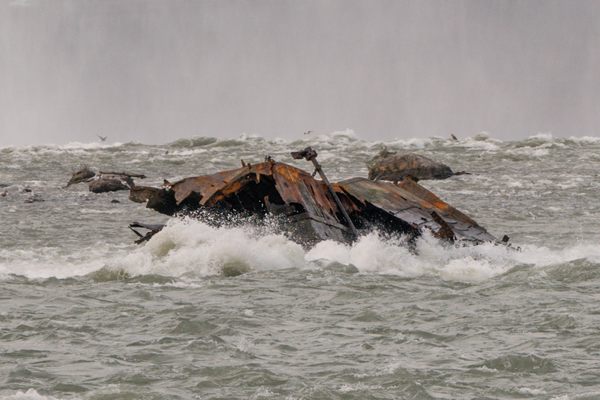
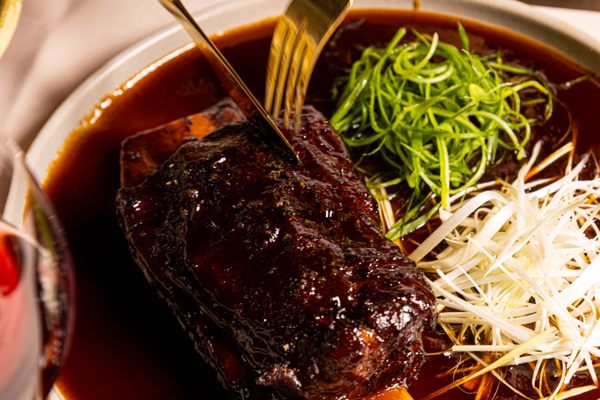




















Follow us on Twitter to get the latest on the world's hidden wonders.
Like us on Facebook to get the latest on the world's hidden wonders.
Follow us on Twitter Like us on Facebook